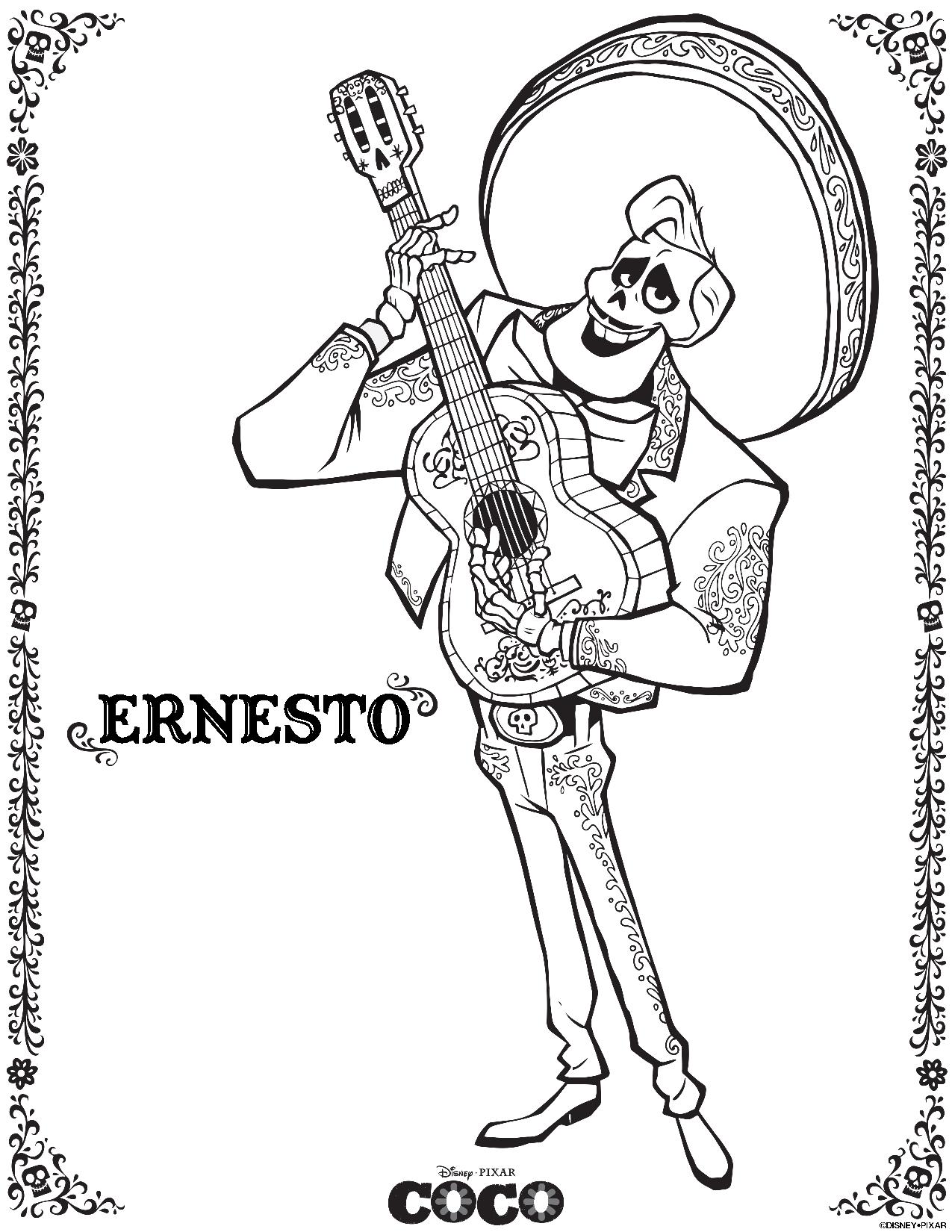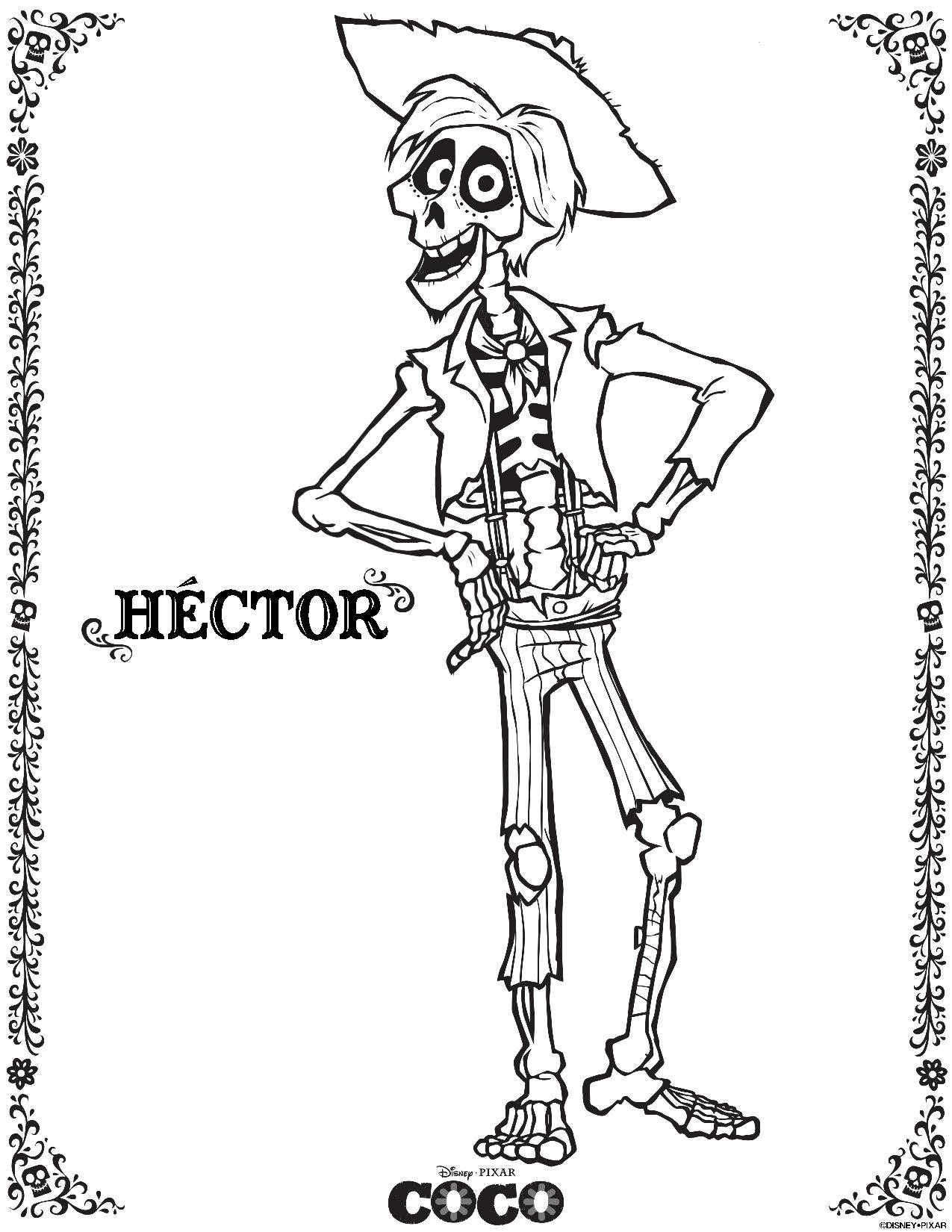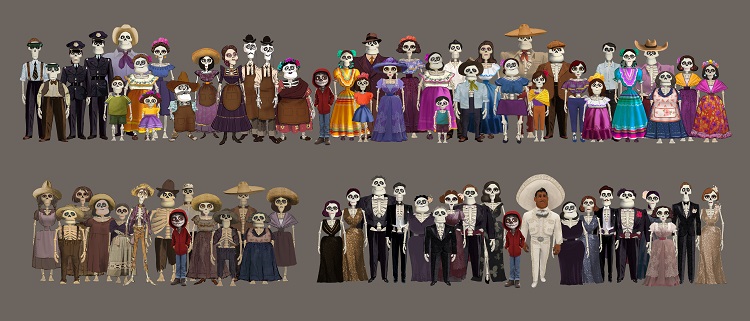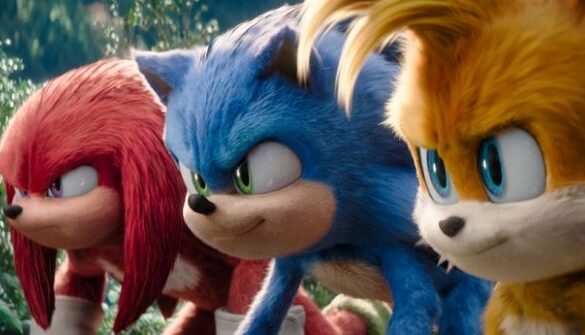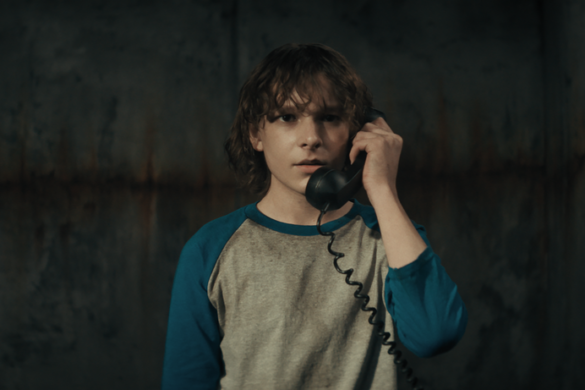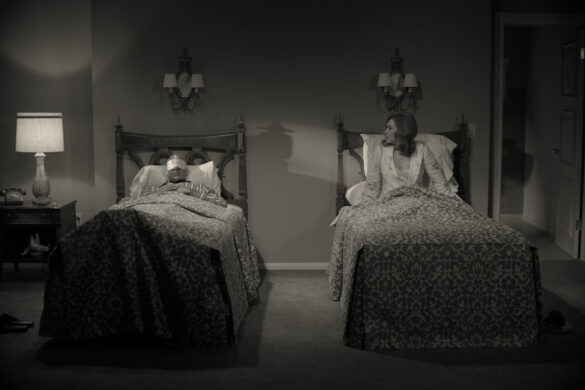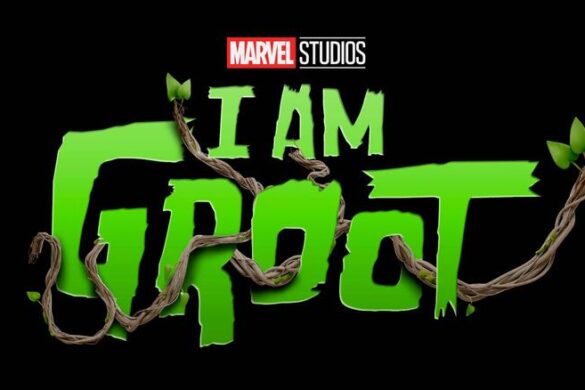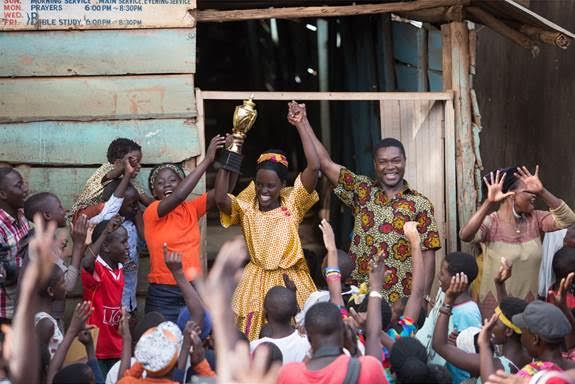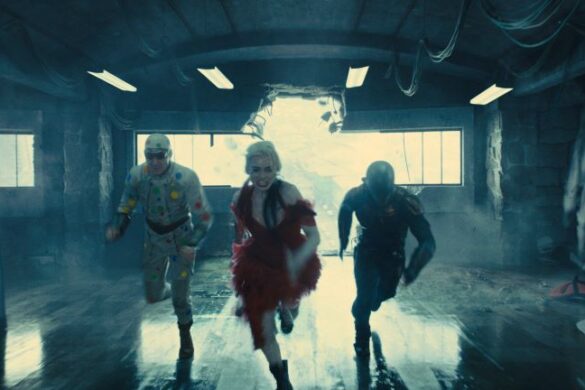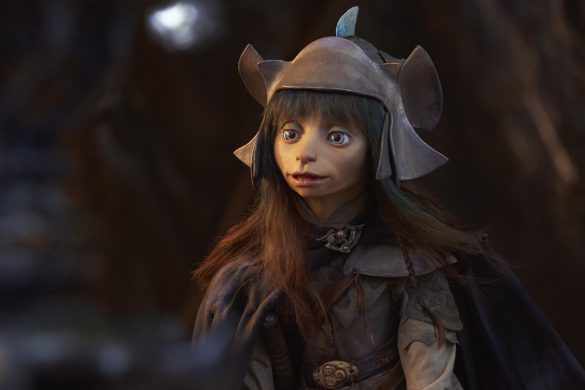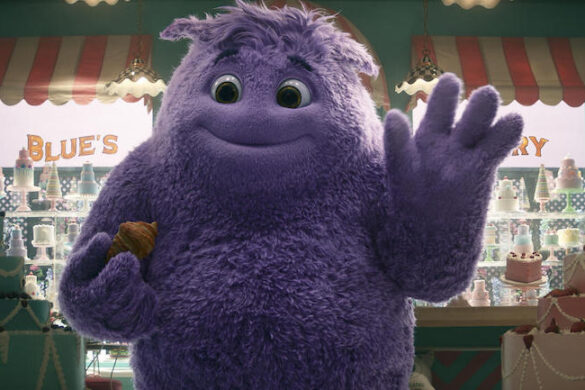* Thanks to Disney Pixar for hosting this wonderful experience. Opinions are my own.
Calcium strengthens our bones, this I know. But honestly, I think bones don’t get enough attention for all that they do. Last time I can recall focusing on bones was when I had to memorize the skeletal system in high school. I knew the names of all 206 bones! I don’t find that I need this knowledge these days. For me, bones pop up annually around decorations for Halloween, or when celebrating Dia de Los Muertos.
Pixar Disney’s newest movie, Coco, takes place in the Land of the Living and the Land of the Dead. Young Miguel, the main character, finds himself in the Land of the Dead reuniting with his deceased relatives – and these relatives are skeletons.
Pixar and Disney do unbelievably detailed research as they develop the amazing stories they tell. For Coco, film designers focused on getting the anatomy 100 percent correct. It was all about studying skulls and skeletons, as well as, figuring out how to make them visually appealing, and entertaining.
So, how did the character designers animate visually appealing skeletons? If one takes away the skin and muscles, don’t all skeletons tend to look the same?
First, illustrators give them structure by exploring how clothing fits by synching things around waists, trying looser fits, tighter pants, and other ideas to give characters’ structure.
How does a mouth work? A real skull is made up of 20 bones, and fourteen of them are facial bones. The Zygomatic bone, otherwise known as the cheekbone, has a hole at the arch. Should they include that? Will it be creepy? Designers also played around with including teeth, or not including teeth. Should they have eyes? Eyelashes? or tongues? All of these ideas were explored to make the skeleton characters appealing to audiences.
The storytellers also explored if their skeletal characters should have hair? Would it be weird if hair grew out of bones? Could wigs, or facial hair help characters resemble what they looked like when they were alive?
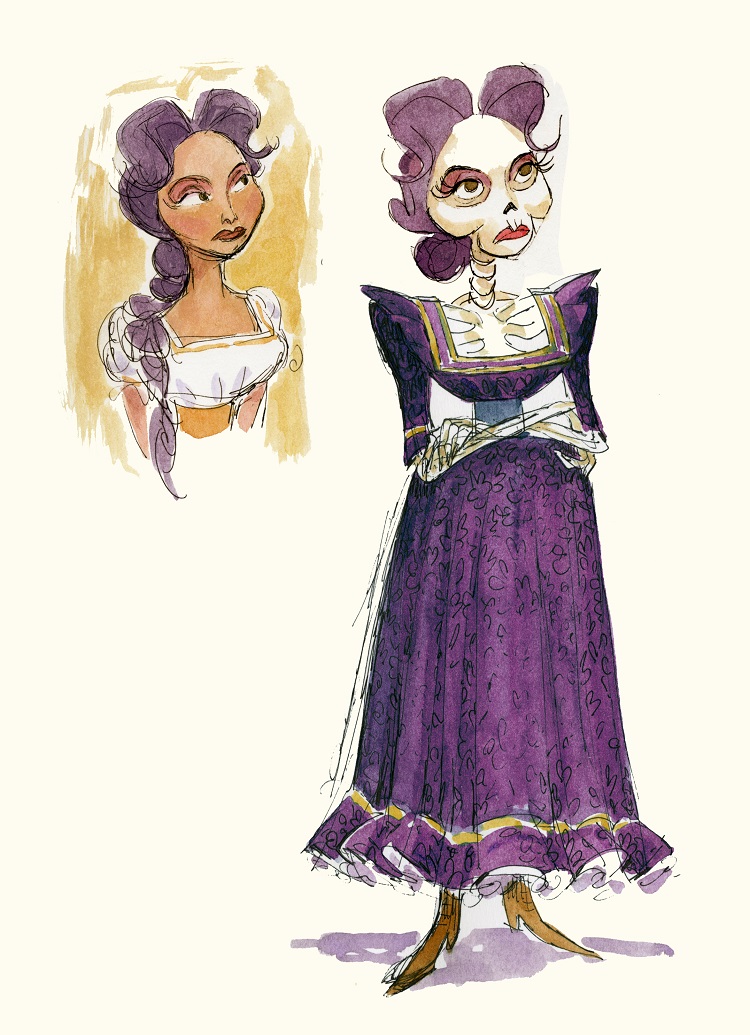
COCO – Mamá Imelda concept art by Daniela Strijleva. ©2017 Disney•Pixar. All Rights Reserved.
Face painting was also developed for the skeletons. Face painting is another Dia de Los Muertos tradition, and various tests were done. Would the face paint be distracting if it was put on the skeleton’s face? Designers learned a lot of things where to put face painting, and where not to.
Expression, emotion, and personality can be created by the behavior of motion. Skeletons are lighter in weight and makeup only 20 percent of our body weight. Animation principals, weight, and balance were considered for performance possibilities.
What holds the bones together? There were varying degrees on how bones can separate from each other, such as the stretch of the spine. What is comfortable for the human eye, how much can move and still be believable? Characters were given different walks, such as Hector who has a walk matched to The Midnight Cowboy’s Ratso character. They dialed in on the behavior of the character to show Hector’s brokenness.
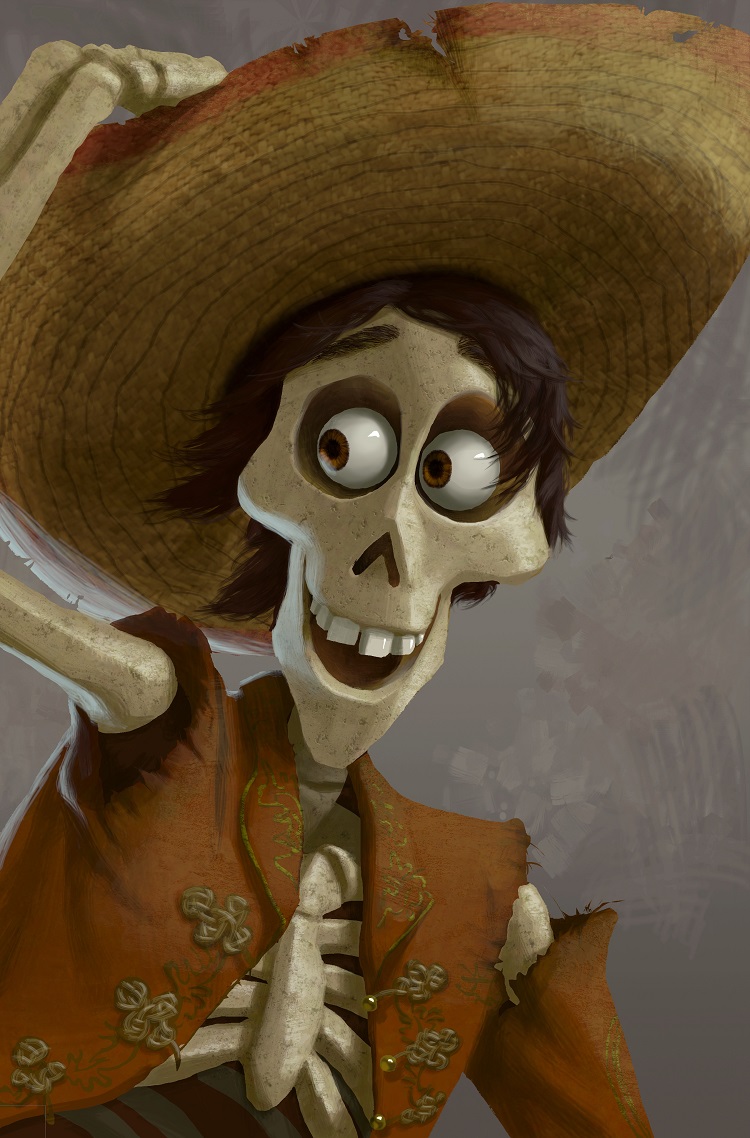
COCO – Hector conept art by Shelly Wan. ©2017 Disney•Pixar. All Rights Reserved.
Skeletons aren’t entirely new to Disney. I was at the Disney Store in Century City over the weekend. and saw the Disney short Silly Symphony – The Skeleton Dance was playing. The short was created in 1929, and obviously, the quality of animation has come a long way. But what has remained the same is the character’s expression, emotion, and personality. The skeletons in Coco have evolved since the project’s beginning. Job one is to not allow the skeletons to take away from the story – make them appealing and not too scary. All of the tests were done with love to make sure that they met their goals.
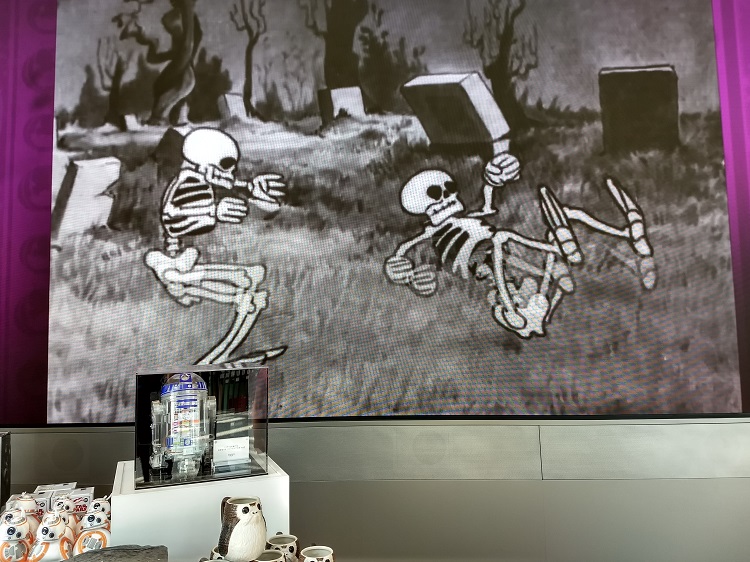
Dia de Los Muertos is a celebratory holiday filled with rich, colorful traditions, and family values. The characters from Coco (both from the Land of the Living as well as the Land of the Dead) definitely have big personalities, even the skeletal ones, and it’s hard to be spooked by them when they have a big heart.
Enjoy these coloring sheets of Coco’s Ernesto and Hector. Click to enlarge!
